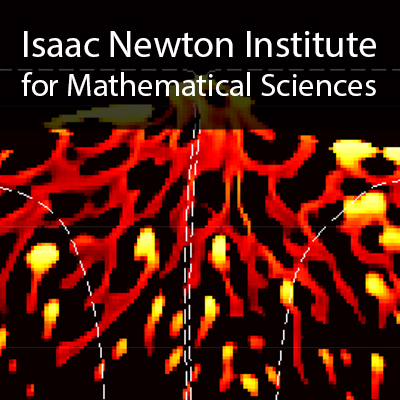Rothschild Lecture: The Hawaiian Plume: What do Surface Observables Tell Us?
59 mins 29 secs,
108.81 MB,
MP3
44100 Hz,
249.74 kbits/sec
Share this media item:
Embed this media item:
Embed this media item:
About this item

| Description: |
Ribe, N [CNRS (Centre national de la recherche scientifique), Université Paris-Sud 11]
Monday 15th February 2016 - 16:00 to 17:00 |
|---|
| Created: | 2016-02-19 16:56 |
|---|---|
| Collection: | Melt in the Mantle |
| Publisher: | Isaac Newton Institute |
| Copyright: | Ribe, N |
| Language: | eng (English) |
| Distribution: |
World
|
| Explicit content: | No |
| Aspect Ratio: | 16:9 |
| Screencast: | No |
| Bumper: | UCS Default |
| Trailer: | UCS Default |
| Abstract: | Co-authors: Ulrich R. Christensen (MPI fuer Sonnensystemforschung, Göttingen, Germany), L. Cserepes (Eötvös University, Budapest, Hungary (deceased)), N. Asaadi (Institute for Advanced Studies in Basic Sciences, Zanjan, Iran), F. Sobouti (Institute for Advanced Studies in Basic Sciences, Zanjan, Iran)
The Hawaiian islands are the best known and most studied example of intraplate volcanoes generated by melting in an ascending mantle plume. Fluid mechanical models allow us to explore the link between the intrinsic physical properties of the plume and a variety of signatures that can be observed at the surface. We use two complementary models : a full three-dimensional (3-D) model with temperature- and pressure-dependent viscosity, and an isothermal “lubrication theory” model. The full 3-D model allows surface observables to be calculated directly, while the lubrication model reveals the dynamical scaling laws obeyed by those observables. Because evaluating the scaling laws is 10^9 times faster than running the 3-D model, we can invert them to determine the ranges of plume properties that are compatible with the observed values of the height of the Hawaiian swell, its width, and the total melting rate in the plume. Turning to the geoid anomaly, we discuss recent work showing that the geoid/topography ratio decreases steadily to the northwest, indicating that the plume thins the overriding lithosphere significantly . Finally, we study an extended lubrication model with a non-Newtonian rheology, which predicts a swell shape that agrees better with observations than a Newtonian model. |
|---|---|
Available Formats
| Format | Quality | Bitrate | Size | |||
|---|---|---|---|---|---|---|
| MPEG-4 Video | 640x360 | 1.94 Mbits/sec | 865.45 MB | View | Download | |
| WebM | 640x360 | 621.84 kbits/sec | 270.69 MB | View | Download | |
| iPod Video | 480x270 | 522.14 kbits/sec | 227.23 MB | View | Download | |
| MP3 * | 44100 Hz | 249.74 kbits/sec | 108.81 MB | Listen | Download | |
| Auto | (Allows browser to choose a format it supports) | |||||

